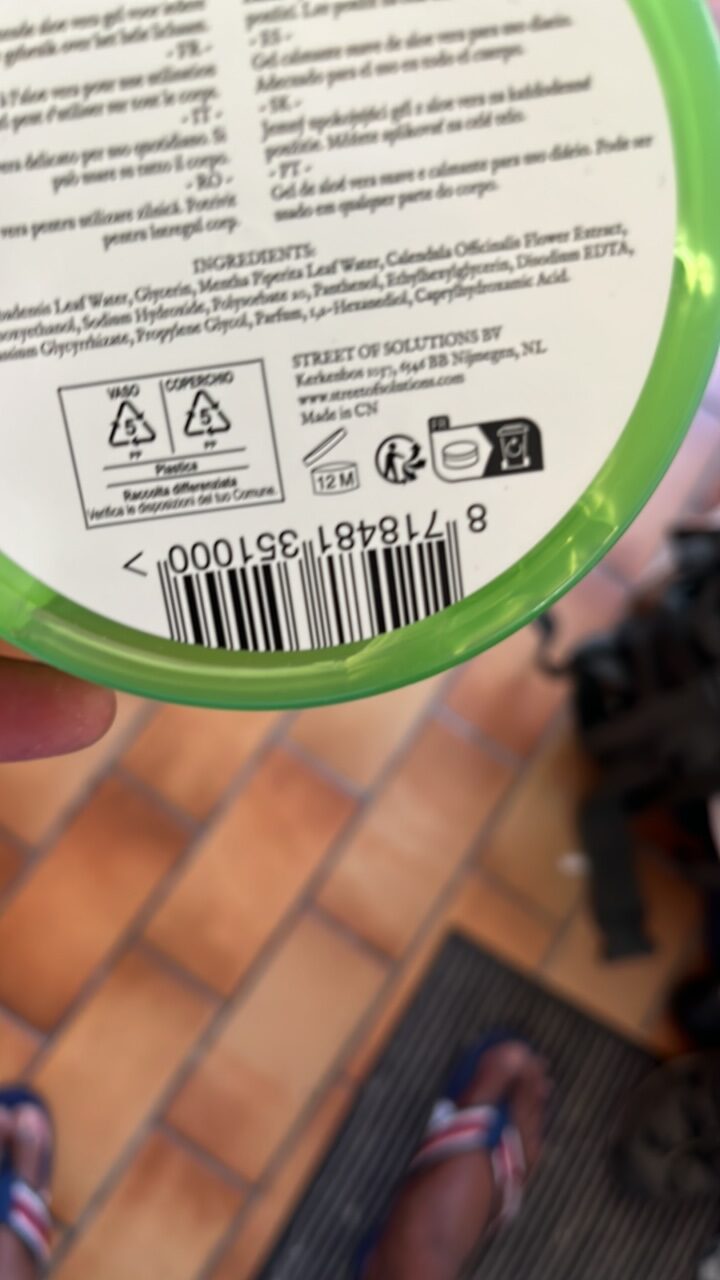
Barcode: 8718481351000
gel
HALAL
📝 Reason: Based on analysis, ingredients with uncertain sourcing (glycerin, ethylhexylglycerin, parfum) are classified as Doubtful (2) because their chemical sources can be plant or animal, and Halal provenance cannot be confirmed without certification. Halal only applies when no Haram or Doubtful substances are present (Quran 5:3, IFANCA).
🏷️ Category: Body Care
📄 Certificates: 12 M, Recycle, Vegetarisch, Vegan
Ingredients:
Details
Understanding the Halal Status of Gel
In today’s world, many consumers are increasingly concerned about the Halal status of the products they use. This not only applies to food but also to body care items such as gels. In this article, we will delve into the Halal status of a specific gel product, exploring each ingredient, its source, and its classification under Halal guidelines.
What is Halal?
Halal is an Arabic term that means “permissible.” It refers to what is considered lawful or permissible in traditional Islamic law. When it comes to cosmetic products, it’s crucial that they do not contain any Haram (forbidden) or Doubtful substances. The product we are analyzing today is a body care gel.
Ingredient Breakdown
Let’s look at the main ingredients of this gel and assess their Halal status:
- Aloe Vera Leaf Water – Halal
Aloe vera is derived from a plant and is widely recognized as Halal. - Glycerin – Doubtful
Glycerin can be sourced from plants, animals, or produced synthetically. Without specific information regarding its origin, this ingredient remains classified as Doubtful. Refer to this article for more information. - Mentha Piperita Leaf Water (Peppermint Water) – Halal
Derived from the peppermint plant, this ingredient is entirely Halal. More details can be found here. - Calendula Officinalis Flower Extract – Halal
This extract is sourced from marigold flowers and is considered Halal. Learn more about it here. - Sodium Hydroxide – Halal
A mineral-based pH adjuster that is Halal and not animal-derived. For further reading, visit this source. - Panthenol – Halal
This Vitamin B5 derivative is usually synthetic or plant-based, thus Halal. More details can be found here. - Ethylhexylglycerin – Doubtful
As it can be derived from both vegetable or animal sources, its Halal status remains uncertain. For more, check this link. - Disodium EDTA – Halal
A synthetic chelating agent that is Halal. More info can be found at this website. - Parfum (Fragrance) – Doubtful
The source of fragrances can often be alcohol or animal derivatives, and without clear specifications, this remains doubtful. More on this topic here. - 1,2-Hexanediol – Halal
This synthetic ingredient is generally not derived from animals and is considered Halal. Check this source for more. - Caprylohydroxamic Acid – Halal
A synthetic amino acid derivative that is not animal-based. More details can be found here. - Propylene Glycol – Halal
Typically synthetic and derived from petroleum, this ingredient is usually Halal. For more information, visit this link.
Conclusion
The Halal status of the gel in question is primarily derived from its ingredients, some of which fall into a doubtful category. The presence of uncertain ingredients, like Glycerin and Parfum, prevents this gel from being considered 100% Halal without proper certification. Therefore, while most components are Halal, consumers should exercise caution and seek products that clearly indicate Halal certification.
For those committed to adhering strictly to Halal standards, always look for clear certifications from responsible organizations. This product currently falls under the category of body care, and while it showcases several Halal ingredients, the dubious origins of a few continue to remain important for discerning consumers.
